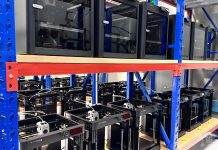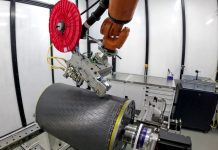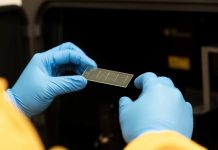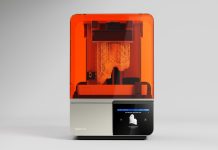
A research team at MIT has made strides in developing fully 3D-printed, semiconductor-free electronics, a breakthrough that could revolutionise electronics manufacturing worldwide.
Led by Luis Fernando Velasquez-Garcia of MIT’s Microsystems Technology Laboratories, the team demonstrated a method to 3D-print resettable fuses – a critical component in active electronics that traditionally requires semiconductor materials.
Unlike conventional active electronics, which rely on complex semiconductor-based fabrication, the MIT team’s devices are printed using affordable, biodegradable materials, making production far more accessible and environmentally friendly.
The newly developed devices are capable of handling basic electronic tasks, such as switching functions, which are essential in processing operations.
“This technology has real legs,” Velasquez-García remarked.
“While we cannot compete with silicon as a semiconductor, our idea is not to necessarily replace what is existing, but to push 3D printing technology into uncharted territory. This could allow anyone to create smart hardware far from traditional manufacturing centres.”
The project took shape unexpectedly as researchers investigated 3D-printed magnetic coils and discovered that a polymer material, doped with copper nanoparticles, exhibited a property that allows it to behave similarly to a transistor, switching on and off in response to electrical currents.
This phenomenon, which remains partially unexplained, underpins the team’s 3D-printed resettable fuses, a development that could lead to semiconductor-free electronic logic gates.
While the team’s printed devices do not yet match the efficiency of silicon-based transistors, they have been shown to sustain performance after thousands of switching cycles.
With future research, the team aims to create more complex 3D-printed circuits and explore additional functionalities by experimenting with other doped materials.
Industry experts, including Stanford University’s Roger Howe, find the research promising.
Howe noted, “This technology enables electronics to be built into 3D printed structures… An intriguing application is on-demand 3D printing of mechatronics on board spacecraft.”
This work is funded, in part, by Empiriko Corporation.

















